blog
Book Review: On the National Language: The Poetry of America’s Endangered Tongues by B.A. Van Sise
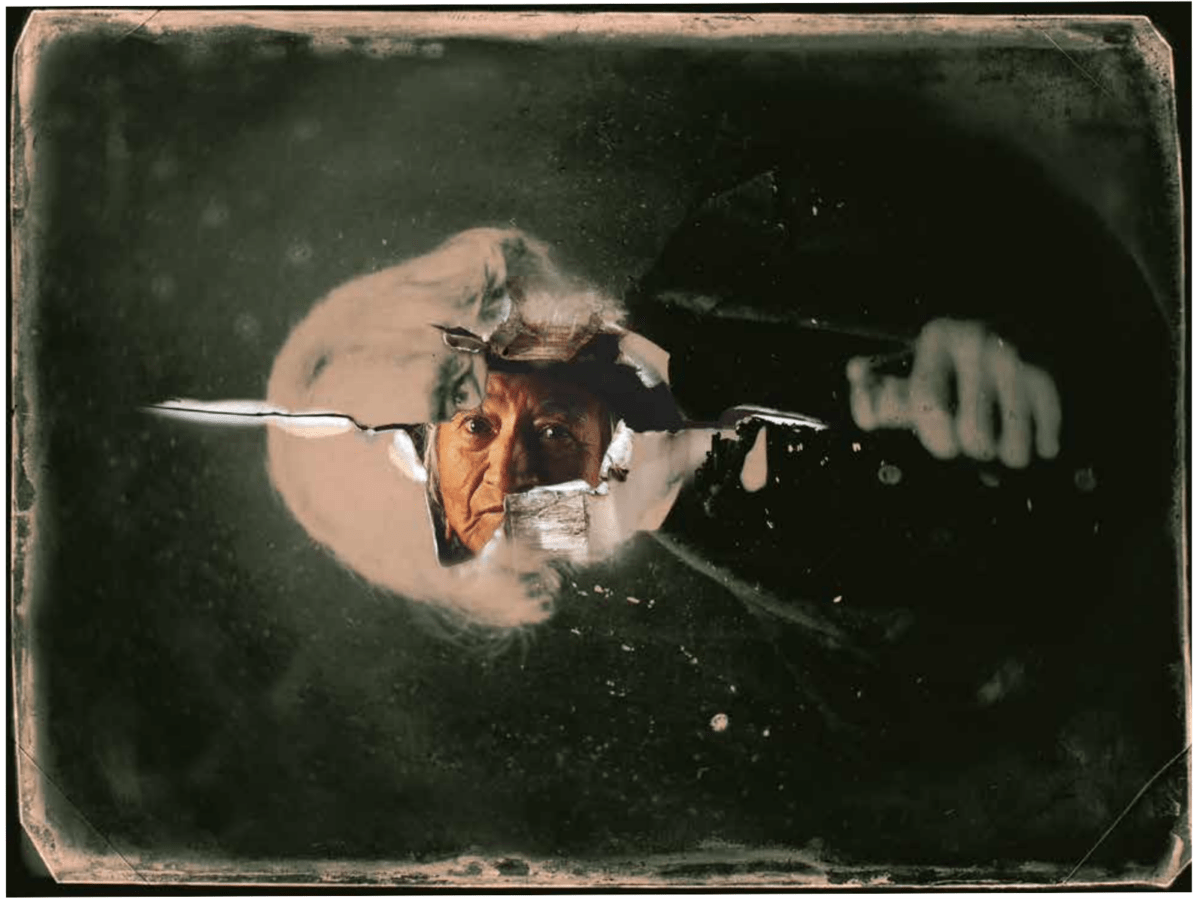
PEND D’OREILLE – Stephen Small Salmon, Saint Ignatius, Montana © B.A. Van Sise
On the National Language: The Poetry of America’s Endangered Tongues by B.A. Van Sise includes photographs of some of the last speakers, and new revitalizers and learners, of nearly 100 endangered languages in the United States. The images are based on single words from the languages that are difficult to translate into English. The speakers—nearly all of whom are members of traditionally marginalized groups—helped develop the concepts, which are purposely poetic. The primary objective of the project is to increase awareness of these languages and their revitalization efforts by giving agency and power back to those battling to protect, nurture, and expand an endangered foundation of their respective cultures.
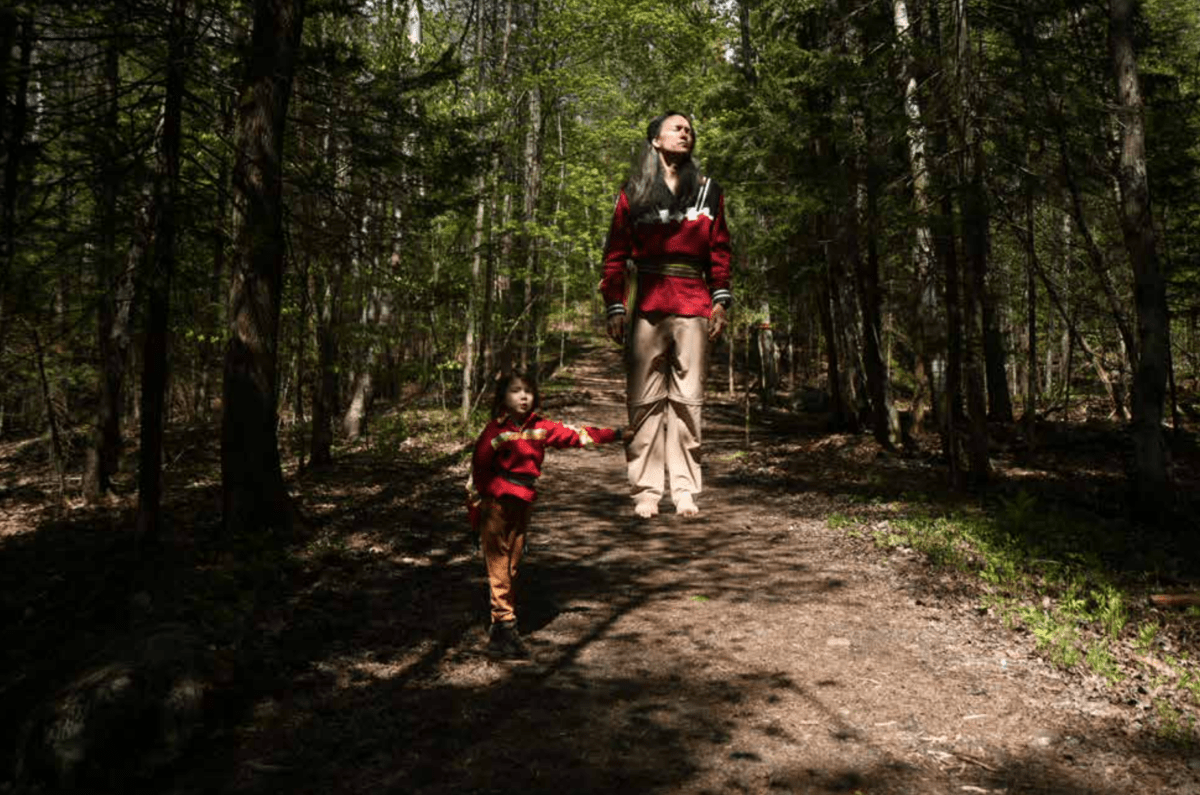
MOHAWK – Nihahsennaa Peters, Akwesasne, New York © B.A. Van Sise

SAUK – Katie Thompson, Stroud, Oklahoma © B.A. Van Sise
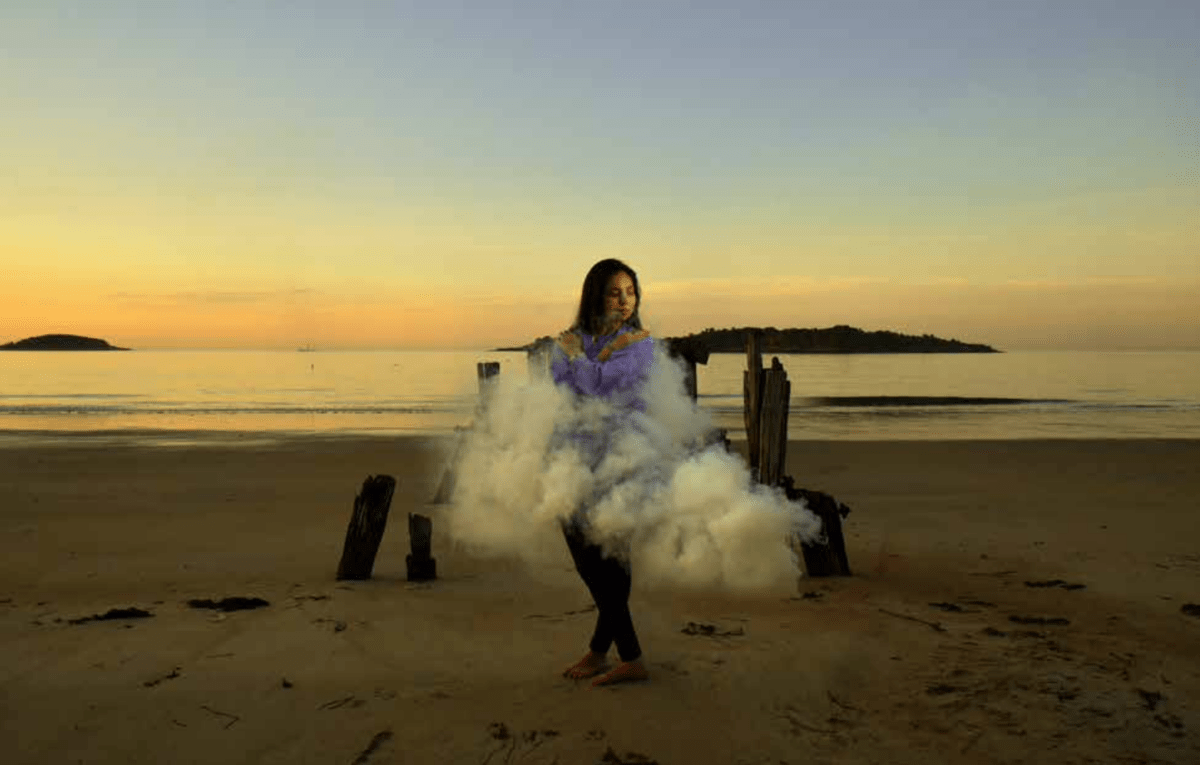
INUPIAQ – Annauk Denise Olin, Beverly, Massachusetts © B.A. Van Sise
Van Sise’s 2019 book, Children of Grass, is a collection of portraits of America’s most notable living poets. Poet laureates, Pulitzer Prize winners, and literary artists contributed pieces for Van Sise to create visual compliments. “On the National Language is very, very much the sequel to Children of Grass,” B.A. says. “A big thick direct line between them – just taking formal, poem-type-poems and reexamining it as the poetry of language itself.”
Our voices weave tapestries of time. Each whispered memory, each rip-roaring tale of adventure, builds monuments in the air, unseen but potent. Like trying to grab a handful of smoke. A grandmother’s murmur of a bygone harvest holds the essence of a nation’s agricultural shift, while a child’s giggle echoes with the resilience of the human spirit. Spoken language is history made flesh, breathed into being and given form, a testament to the enduring power of our shared story… and the stories we tell of ourselves and the vast narrative of America.
Yet, this tapestry is threatened. Languages with few speakers teeter on the brink of silence, their stories at risk of vanishing. Each lost word is a tear in the fabric of history, a forgotten path. But even in these endangered tongues, hope persists. The last speakers become guardians, determined to pass on their heritage. Though few, their voices create a powerful chorus against the silence, a testament to the human spirit’s fight to keep its stories alive.
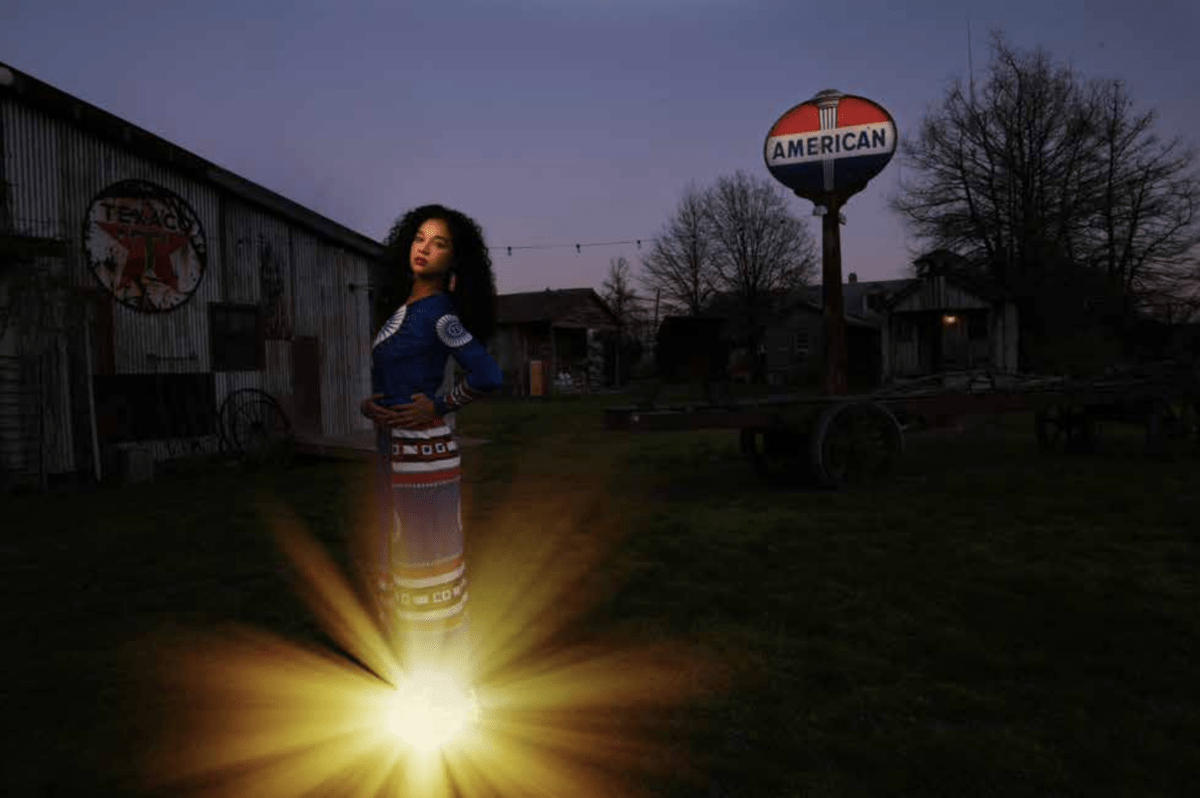
CHOCTAW – Shemah Crosby, Clarksdale, Mississippi © B.A. Van Sise
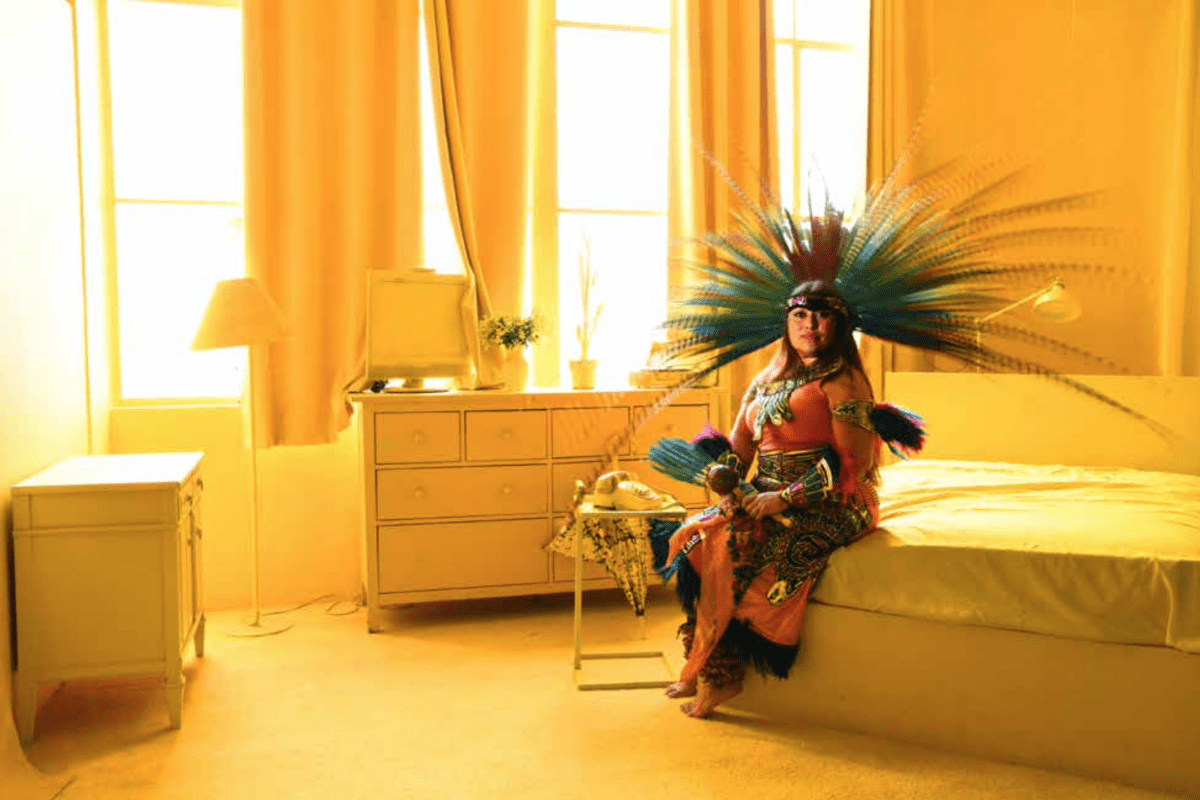
NAHUATL – Citlali Arvizu, Los Angeles, California © B.A. Van Sise
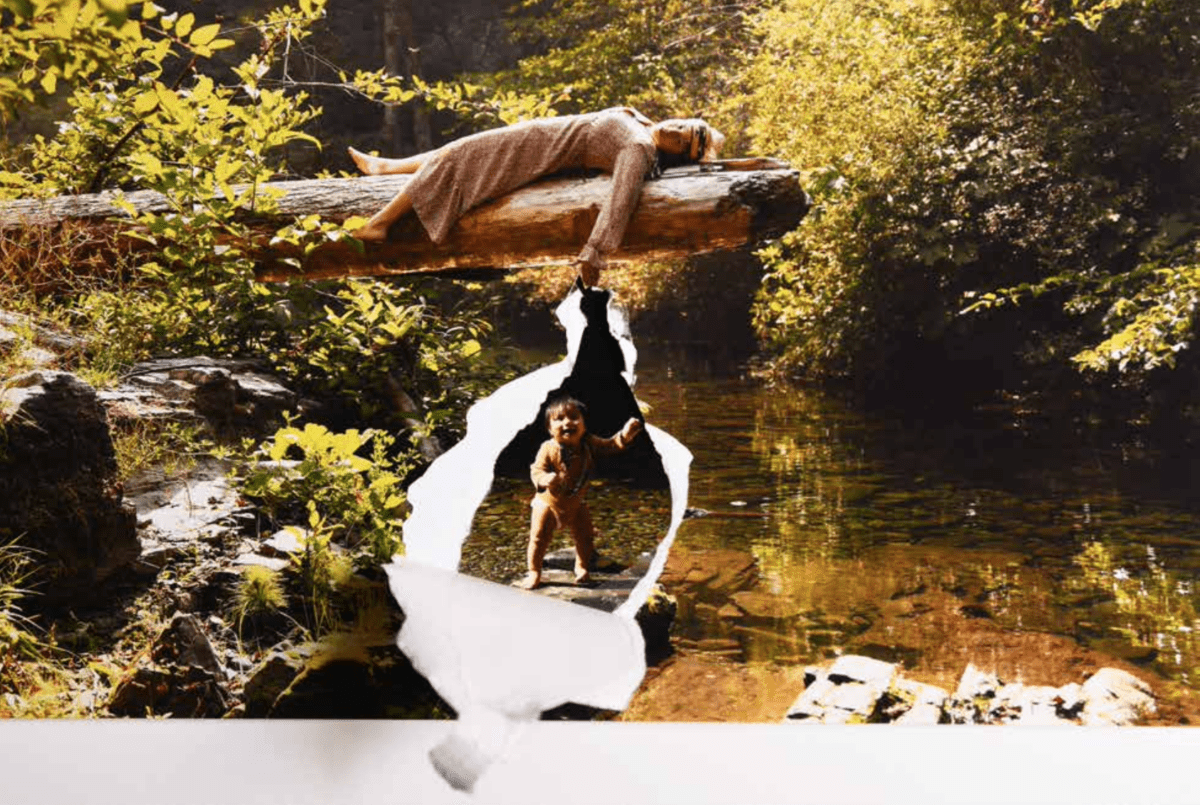
KARUK – Maymi Preston-Donahue, Orleans, California © B.A. Van Sise

HIDATSA – Jayli Fimbres, New Town, North Dakot © B.A. Van Sise
As a photographer and a linguist, Van Sise has a few tricks up his sleeve when deciding how to convey the visual and literal aspects of projects. His photographer-side delights in performing sleight-of-hand visual techniques which lead the viewer into attractively complex narratives. The linguist-side places language in the spotlight too – so people will learn and understand that these languages aren’t extinct, these people aren’t extinct. And that the project is incredibly rich. “When I started, it began more simply. As in ‘I think it’d be interesting to explore the last speakers of these languages,’ which is a really colonialist, limited view of it. When I got into it though, I really immediately realised, within 5 shoots or 10, the story isn’t the past or even present, but the future.”
The very first image in the project is a portrait of Nihahsenaa Peters, a Mohawk speaker from St. Armand, New York. Peters brought along his son for the meeting with B.A.. This “wasn’t originally part of the plan, but he showed up with him in tow. And they were speaking in Mohawk to each other the whole time,” B.A. recounts. “And it was just so beautiful that I asked him if the son could be in the picture – same idea, it’s about the future, too. But while shooting it I could see it and knew I wanted the son to be his anchor to the ground.” The Mohawk word used for this portrait is tekariho:ken, ‘between two worlds’. By sheer happenstance, Peters’s son became the visual and linguistic link to the earth. Themes of stewardship, and continuance are evoked in a multilayered, yet understated technique. The ‘person’ of the language speaker and the deeper meanings of their linguistic anchors are revealed by B.A.’s innovative, creative, and humorous vision in ways that occasionally take you by surprise but always feel authentic.
In another photograph, Shemah Crosby, a Choctaw woman stands in the foreground of an melancholy evening scene, replete with a pitted corrugated tin garage siding and a dimly lit service station sign, a vintage ‘American’ gas station sign. A string of lights which have not been turned on, perhaps for decades, lead the viewer’s eye directly to Shemah Crosby’s eyes which directly confront the camera. Crosby is illuminated by a golden glowing light that emanates beneath her. The image is witty, and subtle and smart. Interplay between signage, language, the literal and metaphoric meanings, all of it, comes across visually in a flash, like dry lightning at dusk. Shemah holds herself with such poise and attitude at the same time. And the Choctaw word associated with her is ahikiya, “where I stand”.
While Native American language collaborators make up the majority of the people and languages featured in the project, B. A. was clear to explain that he “defined endangered American language in this project as ‘a language where the majority of the speakers are in the United States’ which is why you see African-American descent languages, French creoles, Judaic languages that exist only in diaspora, etc.” I asked if it was potentially problematic when trying to reconcile the aspect of why languages disappear; where these languages used to be spoken, how widely the languages were used in the past, and where they are used now. “I don’t think it’s potentially problematic,” he says, “I think it’s entirely problematic. It’s purposefully problematic. Problematic isn’t a thing to run from, but to run towards because Problematic is where we all learn.”
::

On the National Language: The Poetry of America’s Endangered Tongues
by B.A. Van Sise with DeLanna Studi, Linda Hogan, Philip Metres, Matthew Lippman, James Thomas Stevens, KT Herr, Lehua M. Taitano, Crisosto Apache, and dg nanouk okpik
Published by Shiffer Publishing : www.schifferbooks.com
Size: 11.75in x 9.0in, Pages: 176, 74 color images
Binding: Hardback
::
B.A. Van Sise is an author and photographic artist with three monographs: the visual poetry anthology Children of Grass: A Portrait of American Poetry, Invited to Life: After the Holocaust, and On the National Language: The Poetry of America’s Endangered Tongues.
He has previously been featured in solo exhibitions at the Center for Creative Photography, the Skirball Cultural Center, the Woody Guthrie Center, and the Rockefeller Arts Center, as well as in group exhibitions at the Peabody Essex Museum, the Museum of Photographic Arts, the Los Angeles Center of Photography and the Whitney Museum of American Art. His literary work has been featured in Poets & Writers, The North American Review, Nowhere, the Los Angeles Review, among many others. He is a member of the National Book Critics Circle and he is a frequent reviewer of poetry and photography titles for the New York Journal of Books.
B.A. Van Sise’s other achievements span the disciplines of photography, writing, and poetry. In photography, he’s a finalist for prestigious awards and has won grants and fellowships. His writing has been shortlisted for travel writing and won awards for nonfiction. As a poet, he’s been a finalist and won awards including two gold medals from the Independent Book Publishers Awards. He was awarded the 2024 Anthem Award for Diversity, Equity and Inclusion by the International Academy of Digital Arts & Sciences.
On the National Language is featured in a six month solo exhibition at the Skirball Cultural Center curated by Vicki Phung Smith and Sarah Daymude. and awarded the 2022 fellowship in photography from the New York Foundation for the Arts and grants from the New York State Council on the Arts, the New York City Department of Cultural Affairs, and the Phillip and Edith Leonian Foundation.
Location: Online Type: Book Review, Portraits
Events by Location
Post Categories
Tags
- Abstract
- Alternative process
- Architecture
- Artist Talk
- artistic residency
- Biennial
- Black and White
- Book Fair
- Car culture
- Charity
- Childhood
- Children
- Cities
- Collaboration
- Community
- Cyanotype
- Documentary
- Environment
- Event
- Exhibition
- Faith
- Family
- Fashion
- Festival
- Film Review
- Food
- Friendship
- FStop20th
- Gender
- Gun Culture
- Habitat
- Hom
- home
- journal
- Landscapes
- Lecture
- Love
- Masculinity
- Mental Health
- Migration
- Museums
- Music
- Nature
- Night
- nuclear
- p
- photographic residency
- Photomontage
- Plants
- Podcast
- Portraits
- Prairies
- Religion
- River
- Still Life
- Street Photography
- Tourism
- UFO
- Water
- Zine

Leave a Reply